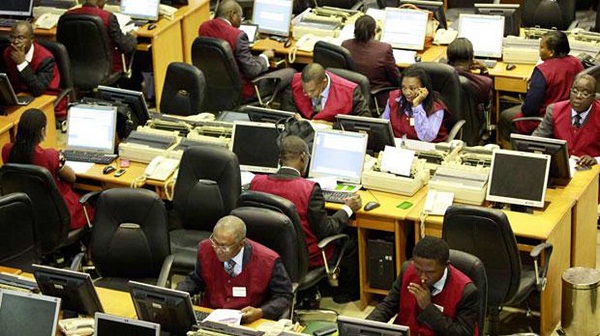Oil prices soared in the first trading hours of 2017, driven by expectations that a deal between the Organisation of Petroleum Exporting Countries, OPEC and non-OPEC members to cut production, which kicked in on Sunday, will be effective.
International Brent crude oil prices LCOc1 were up 35 cents, or 0.6 percent, at $57.17 a barrel at 0608 GMT (1.08 a.m. ET) on Tuesday, January 3, close to 2016 high of $57.89 per barrel, hit on Dec. 12.
U.S. benchmark West Texas Intermediate (WTI) CLc1 crude oil prices were up 31 cents, or 0.6 percent, at $54.03, not far from last year’s high of $54.51 reached on Dec. 12.
Jan. 1 marked the official start of the deal agreed by the cartel and non-OPEC member countries such as Russia in November last year to reduce output by almost 1.8 million barrels per day. Market watchers said January will serve as an indicator for whether the agreement will stick.
“Markets will be looking for anecdotal evidence for production cuts,” said Ric Spooner, chief market analyst at Sydney’s CMC Markets. “The most likely scenario is OPEC and non-OPEC member countries will be committed to the deal, especially in early stages.”
Libya, one of two OPEC member countries exempt from cuts, increased its production to 685,000 barrels per day (bpd) as of Sunday, up from around 600,000 a day in December, according to an official from the National Oil Corporation (NOC).
Elsewhere in OPEC, member country Oman told customers last week that it will cut its crude term allocation volumes by 5 percent in March, Reuters reports.
















